How To Make a Pomander
Historically a pomander was made of any aromatic bunch of flowers or herbs and spices to ward off bad smells.
A present day pomander can be made by using an orange, or other fruit, and studding it with whole dried cloves, dusting with cinnamon and letting it cure dry, once it has dried it can last for several years.
Even though the pomander can serve the functions of perfuming and freshening the air and of keeping drawers of clothing and linens fresh, here we use it as a decoration for your Christmas tree.
Materials
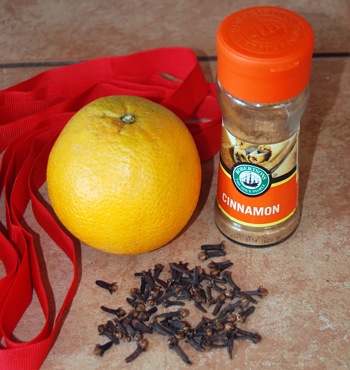
You will need:
Thick-skinned Seville orange
Skewer or bodkin
25-50g (1-2oz) cloves
100g (4oz) ground orris root (optional)
5ml (1tsp) ground cinnamon
Tissue paper
1m (1yd) of 1.25cm (1/2in) velvet ribbon
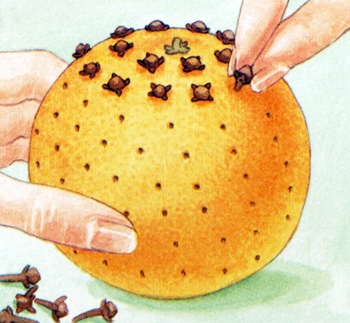
1. Attaching the cloves
Use a skewer to make holes all over the orange, leaving about 0.5cm (1/4in) space between the holes as the orange will shrink as it dries. Push the cloves into the holes. You may find it easier to space them evenly if you work in circles, beginning at the stalk end and mark the holes with a pen first.
2. Scenting the orange
Lightly roll the clove-covered orange in a mixture of the orris root powder and cinnamon, taking care not to break the clove heads from the stalks. Use as much spice mixture as possible, then wrap the orange in tissue paper and leave for at least a week.!
3. Decorating the pomander
Carefully unwrap the orange from the tissue paper. Using a small soft brush, gently remove the excess powder without breaking the cloves. Tie velvet ribbon around the orange, making a loop to be hung around a tree branch.
Here are a few Orange Pomander Ideas For You
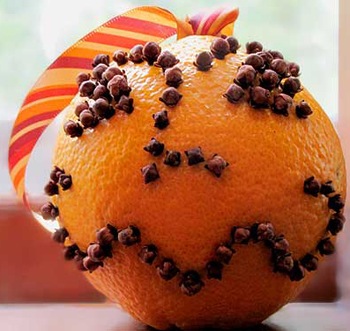
A Bit of Pomander History
Pomanders were first mentioned in literature in the mid-thirteenth century.[6] They were used in the late Middle Ages through the 17th century. Also a version of the pomander with oranges, cloves, oils, and a golden ribbon may be used as a recovery charm in witchcraft.
Pouncet box
In the late 16th century the pouncet box appeared which, whilst retaining the traditional features of the pomander, was designed to hold liquid perfumes, blended with powder and absorbed on a sponge or piece of cotton. It was favoured by the upper classes who appreciated the delicacy of the liquid perfumes. Its name stemmed from the fact that the box was “pounced” or pierced to release the scent.
Modern
One modern style of pomander is made by studding an orange or other fruit with whole dried cloves and letting it cure dry, after which it may last many, many years. This modern pomander serves the functions of perfuming and freshening the air and also of keeping drawers of clothing and linens fresh, pleasant-smelling, and moth-free.
Reference: The Country Look: Decor & Crafts, Wiki Commons
* Picture © Janek Szymanowski

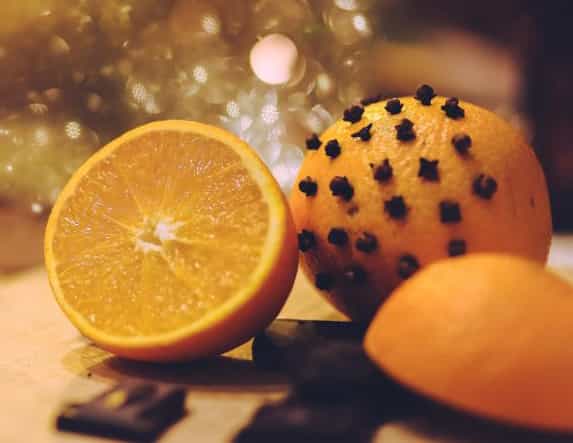
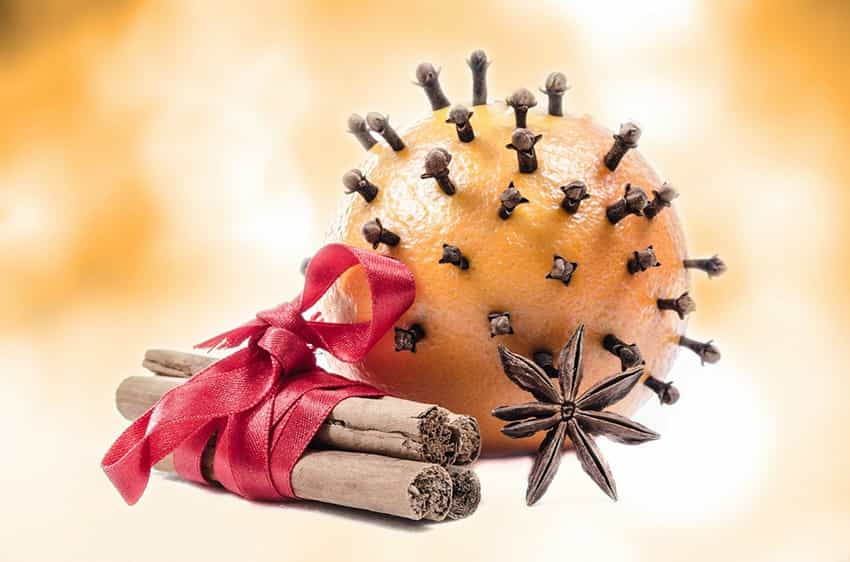
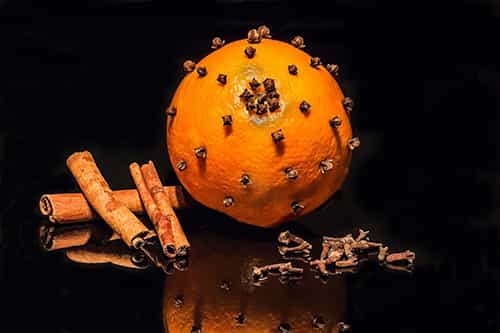



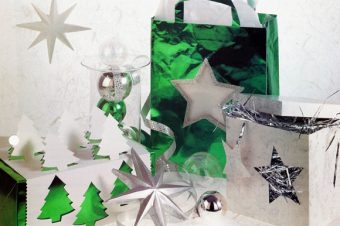

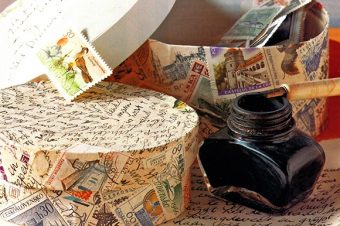
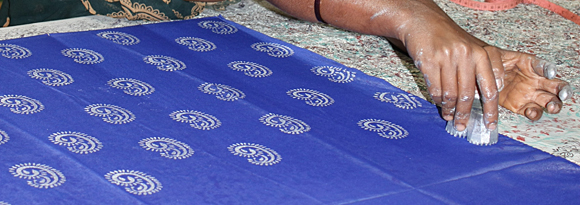


2 Responses
Janek
Make sure that all the ingredients have a good smell when you buy them, then you should be ok.
Keaton
I’ve produced these before nevertheless they didn’t smell pretty strong plus nor did the smell last. What am I doing incorrect?